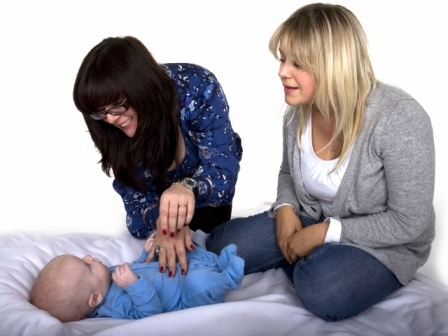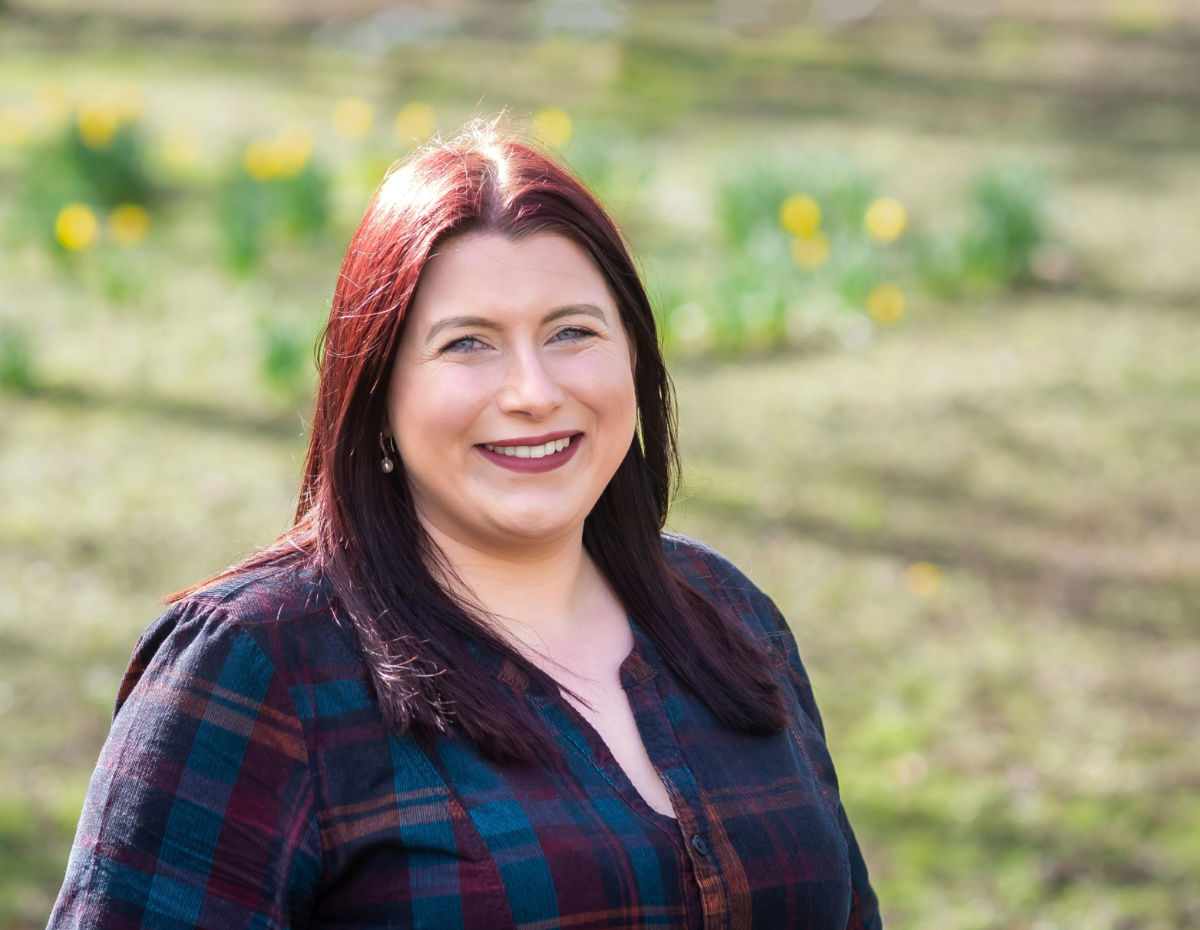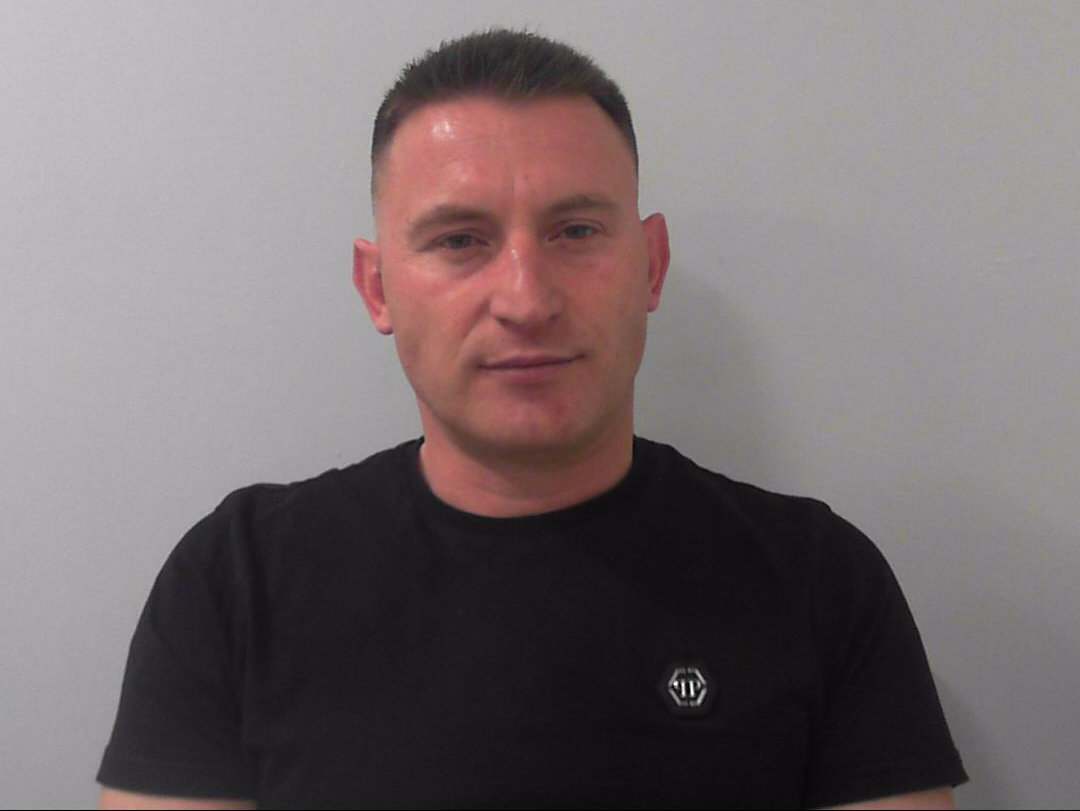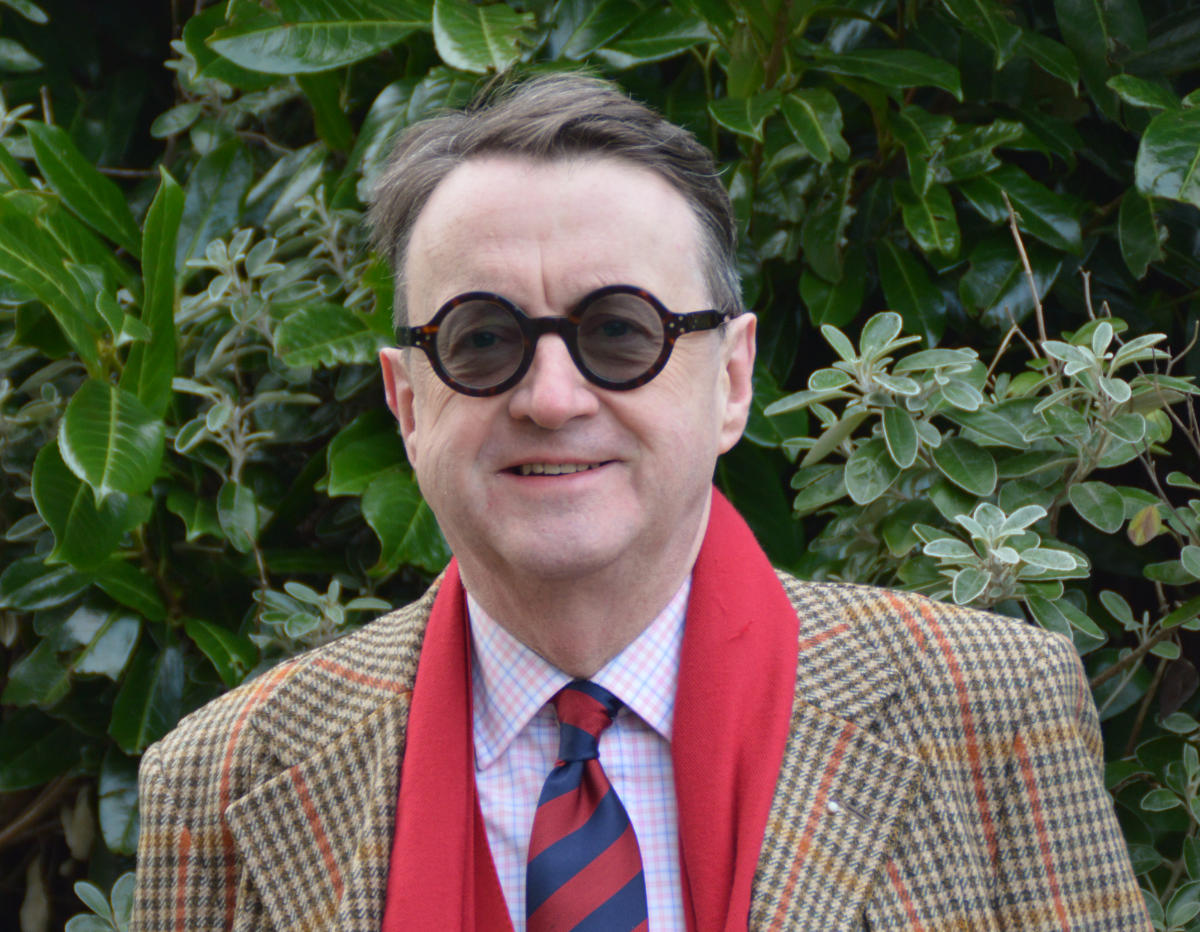
A North Yorkshire mum is hoping her latest research into the way newborns communicate will enable parents to understand what their babies are saying to them long before they begin to speak.
Vivien Sabel learnt about the power of non verbal communication when she was growing up with her deaf mother but it wasn’t until the birth of her own daughter Blossom, now six, that she recognised the importance of baby body language.
“I communicated with my own mother non verbally and grew up with a heightened sensitivity to the significance of actions and expressions,” explains Vivien, a psychotherapist and one of only 25 UK based clinicians who is both fluent in sign language and clinically trained and has helped to train deaf people to become therapists.
“When Blossom was born I was amazed at how much this tiny infant was trying to tell me even in the first few days and weeks of her life and I realised that other parents would benefit from learning how to read their babies’ body language.”
Vivien studied Blossom’s body language carefully in the early weeks of her life and mirrored back her movements. As she mirrored her daughter’s tongue shapes and the movements of her mouth Blossom responded by repeating them back even more determinedly.
By studying her movements and her habits Vivien soon realised that she could predict her baby’s needs and could even tell when she was going to be ill about 24 to 36 hours before she had any physical symptoms.
“The reassurance a baby gets from knowing its carer is listening is certain to have a big impact on the bond between them as well as on the self-confidence of the child,” says Vivien, who has now written a book detailing her findings in the hope that other new parents will be able to learn the art of communication right from the very start of their relationship with their child.
Vivien’s research led her to work closely with North Yorkshire mum Cat Johnson and her baby Sebastian. Sebastian was just ten weeks old when they began meeting to create a case study for Vivien’s book.
The book aims to show parents how they can read observe their child’s movements and mirror their expressions. Vivien says she has written it in a way that she hopes will be accessible to mums and dads who want to learn more about baby body language. She has recently completed the manuscript and hopes to find a publisher to take it into production.
Vivien says her work on baby body language has been welcomed by those in the field of communication and body language.
“Very little research has been carried out in this area and I hope it will help parents feel reassured that their instincts are to be trusted as they get to know their baby,” says Vivien.
Vivien lives and works in Yorkshire and runs clinics from the Cygnet Hospital in Harrogate where she can be contacted on 01423 500599. For further information on Vivien Sabel UKCP Relational Psychotherapist and her work visit www.viviensabel.co.uk








I love this!!
As a mum of 4, I struggled in the usual manner with my first two babies – typical frustration from them ( and me!)
When I then had my identical twins I decided that sign language would be a great way to communicate, since babies have physical skills before language skills have developed.
It worked amazingly, and by 6 months old, my babies were learning how to communicate with me and their daddy.
But imagine if I had of known what THEY were trying to express rather than waiting until I could TEACH them something.
As a therapist I know that I use body language all the time to communicate, as only a small percentage of communication involves actual words. I believe this figure is 7%, and 55% of communication is visual (body language & eye contact) and 38% is vocal (pitch, volume, speed, tone) Babies do well with pitch and tone, but I can see how much better our babies lives (and again, ours) would be if they knew they could communicate without resorting to pitch and tone so much!!!
I look forward to reading your work Vivien :)
Thanks Jay. Your comments are valuable and your insights are wonderful. Keep your eye on my Discussion Forum via my website and you’ll get to know all about the book and more. Warmest wishes and much appreciation Vivien